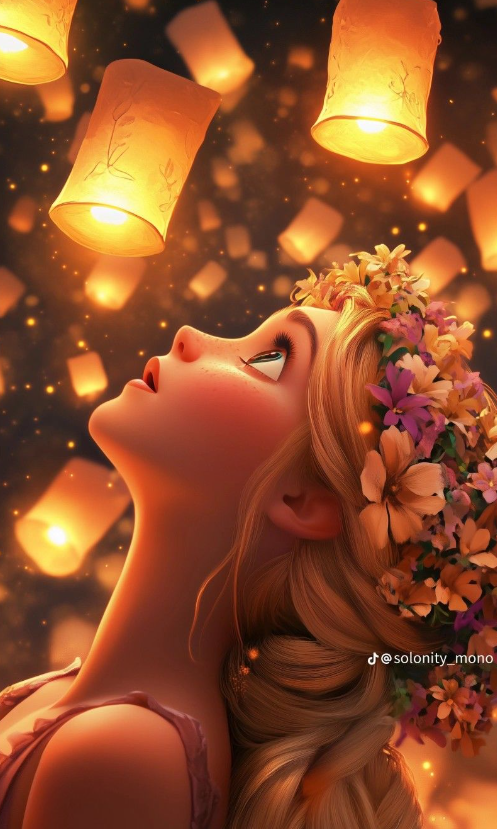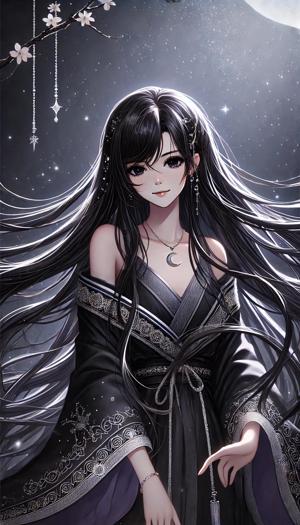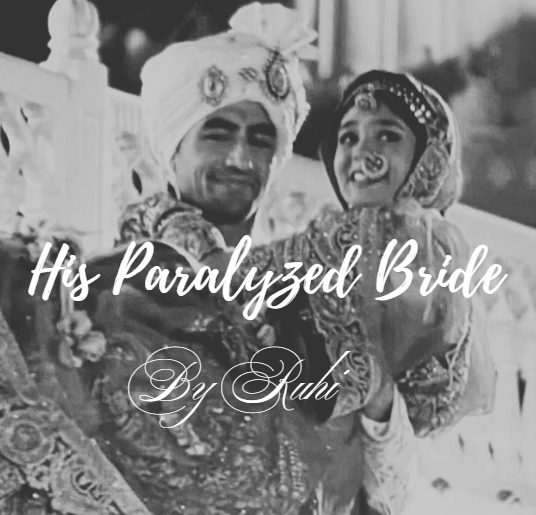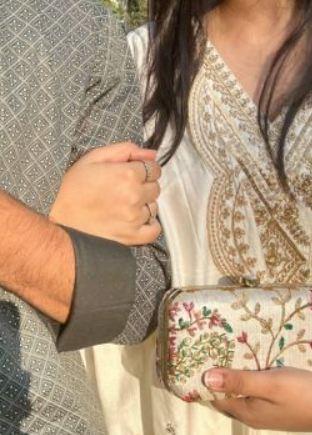
But that’s where I paused—and everyone else stopped.
No one cared to go beyond that line where Rapunzel wandered the wilderness. No one asked:
What happened to her when she left?
Where did she sleep? How did she survive? What did she carry inside her—pain, guilt, fire?
How was her life in Paris when the world moved on and she was left to raise her children in silence?
What about her parents?
The ones who gave her away for a handful of stolen leaves? Did they ever wonder what became of the child they never got to love? Or did they pretend the deal with the witch had no consequence?
And what about the prince?
Was he really her savior? Or was he just another man drawn to a fragile girl in a tower, enchanted by her voice but blind to her soul?
He claimed her, touched her, left her pregnant—and only after all was lost, did he return and crown her his queen.
Was that love? Or guilt? Or obligation?
No one asked these questions.
We were just handed a beautiful lie—wrapped in golden hair and a happy ending.
So I’m writing the story they never told.
I’m telling the tale of Rapanjali—not Rapunzel.
The girl who was never saved, because she saved herself.
The girl who was not a fantasy, but a force.
The girl whose pain became power.
This isn’t a fairytale.
This is memory. This is myth.
This is the truth—finally unchained from the tower.



Write a comment ...